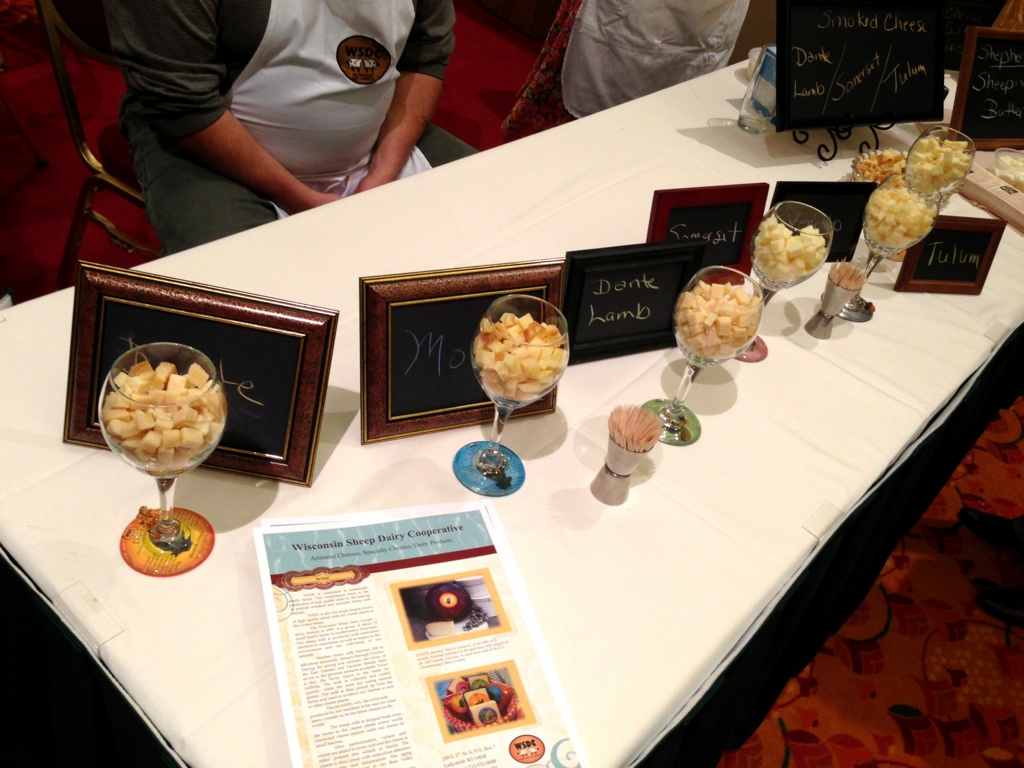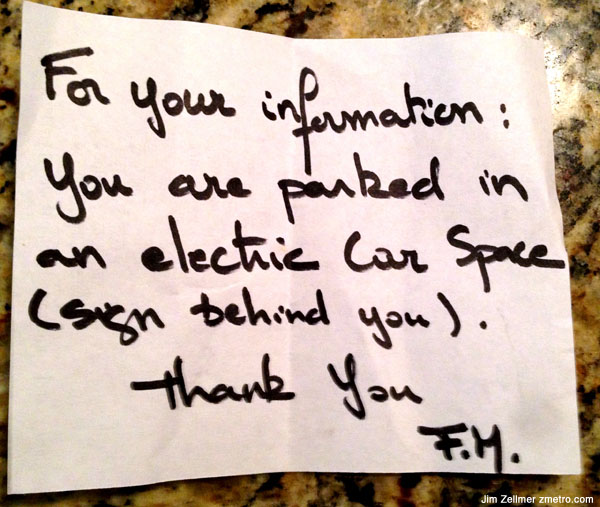A few months ago, I let you in on a little secret about Greek yogurt [Wikipedia]. Not all of this extra-thick, protein-rich yogurt is made the old-style way, by straining liquid out of it it. Some companies are creating that rich taste by adding thickeners, such as powdered protein and starch.
Judging by comments that I heard, a lot of people feel rather passionately that the original, strained version is morally superior. But here’s another little secret: That traditional process for making Greek yogurt is also quite wasteful.
At the Fage factory in Johnstown, N.Y., for instance, it takes 4 pounds of milk to make 1 pound of authentic Greek yogurt. What happens to the other 3 pounds? It’s strained out of the yogurt as a thin liquid called whey, and getting rid of that whey is actually a headache. Greek yogurt factories have to pay people to take it off their hands.
This may sound confusing if you heard my story about cheese-making the other week. That story described whey as a valuable source of lactose and concentrated protein that ends up in other food products (including the thickened version of Greek yogurt, in fact).
Disclosure: A former Stonyfield customer, I now enjoy fast growing Chobani yogurt, particularly the pomegranate variety.

